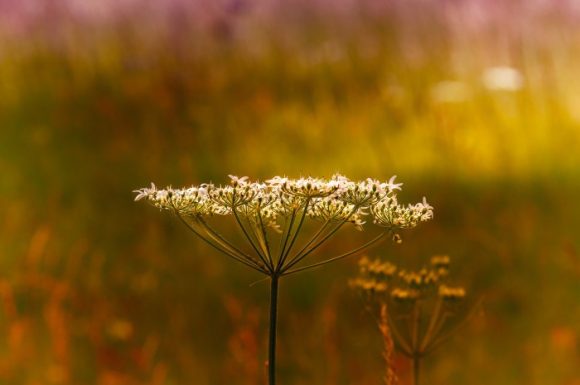All posts tagged cow parsley
Cow Parsley: Edible and Tasty, But be Sure What You’re Eating
Anthriscus sylvestris, commonly known as cow parsley or wild chervil is a perennial flowering plant whose white, umbrella-shaped flowers you are likely to see along roadsides during springtime. Continue reading [...]

